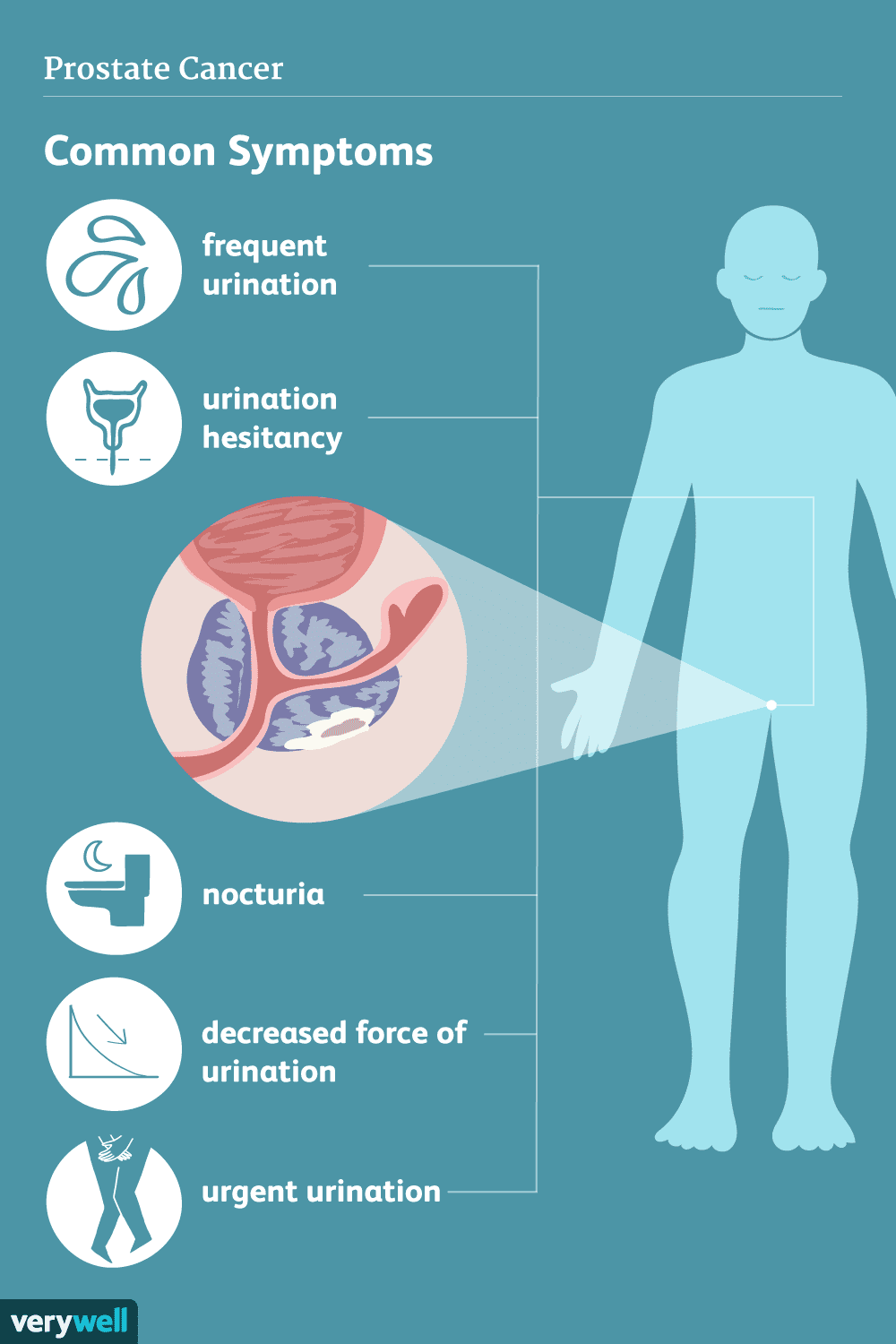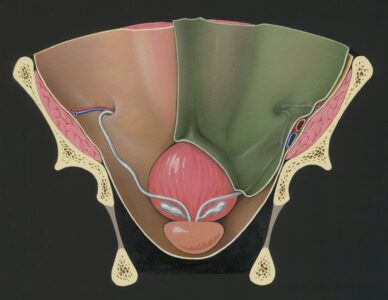How To Detect Prostate Cancer
Prostate cancer, a disease of the male reproductive system, is the second-most common cancer and the second main reason of death among men in the United States. It is important to ensure your prostate health and learn about the symptoms to detect prostate cancer early.
What is Prostate Cancer?
Men older than 50 are at the highest risk of developing prostate cancer. According to facts gathered by the National Cancer Institute in 2019, approximately 174,650 cases are diagnosed in the U.S. every year.
Approximately 11.6 percent of men will be diagnosed with prostate cancer at some point during their lifetime, based on 2014-2016 facts. In 2016, more than three million men were living with prostate cancer in the U.S. The 5-12 months survival rate is 98%.
Although specific causes aren’t completely understood, doctors believe that some risk factors increase a person’s likelihood of developing the disease. These risk factors can include age, ethnicity, family history, and diet. Asbestos exposure is another potential risk factor that has been studied.
Multiple treatment alternatives are available to patients who’ve been diagnosed. While specific risk factors may increase your chance of developing prostate cancer, these factors do not guarantee that you’ll actually develop the disease.

Asbestos Exposure and Prostate Cancer
Multiple studies have been performed that show a potential link between asbestos exposure and prostate cancer. Although none have produced conclusive results, many have shown potential correlations. A 1993 Danish study tested workers at an asbestos cement factory for their exposure to asbestos. A wide number of prostate and lung cancer cases were recorded by some of the workers. Researchers found a 36 percent increase in the observed number of prostate cancers in comparison to the expected amount.
The American College of Chest Physicians launched a similar have a look at in 1980. The study, “Presence of Asbestos Bodies in Organs Other than the Lung,” examined 37 individuals who died from asbestos-related pulmonary issues. It determined that a person with asbestos fibers or residue in the lungs was likely to have them in other organs as well. Doctors looked at various organs and discovered about half contained asbestos. Of 14 prostate samples, six contained asbestos bodies.
A Study Followed Nearly 25,000 People Who Worked With Asbestos
More recently, a 2003 study analyzed participants of the Finnish Asbestos Screening Campaign. The study followed the health of 23,285 men and 930 women who worked with asbestos. These individuals were studied for 8 years for cancer occurrence. Results indicated a much higher incidence of prostate cancer when compared to the entire Finnish population. Participants were also at a significantly higher risk to develop mesothelioma and lung cancer.
A research report in February 2020 concluded there was sufficient evidence to suggest asbestos exposure increases prostate cancer risk. Environmental and occupational exposure correlated with an increased risk of prostate cancer, and the main method of absorption was inhalation.
These studies show an association between asbestos publicity and prostate cancer. Although big research on the topic is limited, those present findings do provide some insight into potential causal relationships. More studies and research are required to offer definitive conclusions on this relationship.
WRITTEN BY
Suzanne Dixon
Suzanne Dixon is a registered dietitian, epidemiologist, and experienced medical writer.

Tips to improve prostate health for men
The prostate is an exclusive male organ and has a vital role in men’s reproductive function so it is essential to do everything to improve prostate health. As the age ranges between 45-51, sometimes the prostate gland gradually increases in size naturally and creates an obstruction for the passage of urine.
The most common symptom is when men’s urge to urinate, the passage of urine will be out of their control and even if the urine passes, they still feel heavy and incomplete. Hence, you will have to go and urinate several times. Even though you have the urge to urinate, you will only dribble and the feeling of Incompleteness continues.
So, we thought to take away your stress by sharing effective tips for healing your prostate.
PS: It’s natural to go through the phase of prostate enlargement after a certain age, but you must be alert in the initial phase to avoid any serious issues. Before you go visit a website like Gaycamsfun.com or WowFreeCam.com for pleasure check out these tips.
# Tip 1: Pattern of drinking fluids
Whatever fluid you consume either water, juice, buttermilk and more, you should always sip it instead of gulping. Slowly and easily sip your fluid no need to hurry. Before pursuing this step, confirm a few questions;
- When and how much are you drinking at once?
- What kind of fluid are you drinking?
- How frequently do you drink?
For example, A healthy person should intake 7 liters of water in a day. So start by answering all the answers;
When and how much water should you be drinking at once?
1 liter of water in the early morning after waking up, 1 liter before a meal, 1 liter after a meal, 1-liter mid-noon, 1 liter after snacks, 1 liter before dinner, 1 liter after dinner.
What kind of fluid are you drinking?
Avoid sugary drinks and artificial fluids in the market. It contains chemicals that are toxic for you.
How frequently should you drink?
Stay hydrated and keep drinking after every 2hr for best results. At maximum consider the only 200ml of water not more than that.
# Tip 2: Bound to time for eating and drinking
Try to avoid drinking water or drink very little water after 5 p.m. in the evening. When you consume water after 5 p.m. in the evening then most of the time your sleep pattern will get disturbed because of frequent urine urges.
Also never have a late-night dinner. Try to keep a sufficient gap between dinner and drinking, make sure you pass urine before bed so that your sleep doesn’t get disturbed at night.
# Top 3: Practice Specific Yoga (Exercise)
In Ayurveda, the doctors considered performing certain yoga especially known as Gola-Dhara to improve prostate health.
Perform this yoga or exercise, keep contracting your penis by taking a deep breath, hold your breath for 10 seconds, and release your breath along with relaxing your penis.
Repeat the same steps with your anus and do it twice a day. You will observe clear results within a very short period of time.



Leave a Reply